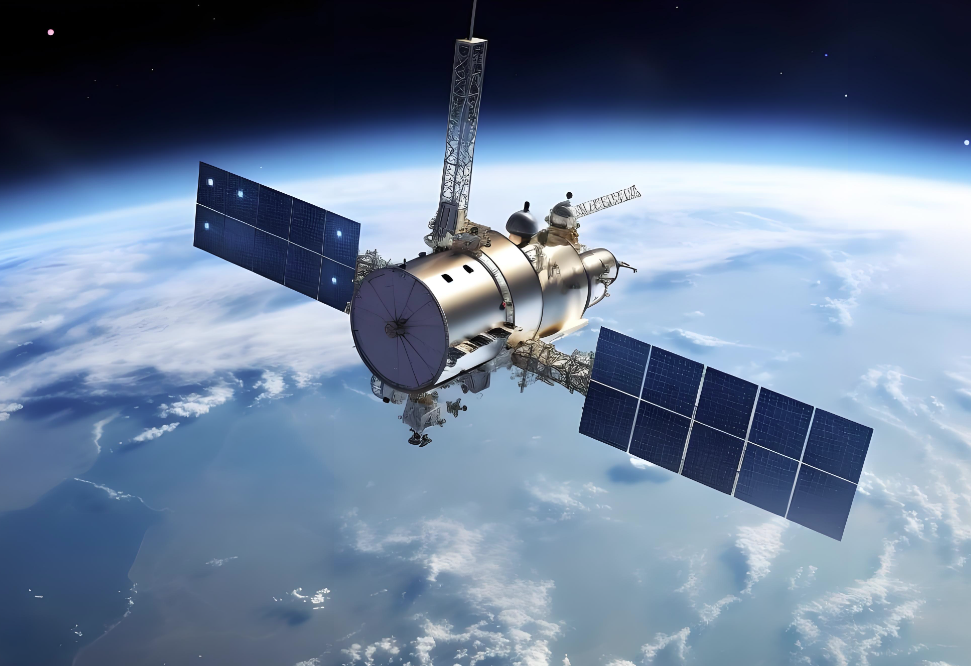Low orbit navigation enhancement has the advantages of low cost, stronger signal, and faster speed, which is expected to empower satellite navigation systems. Low orbit navigation enhancement has unique advantages such as global constellation coverage and large signal link gain, which can improve user convergence time and achieve fast centimeter level positioning; In addition, it can also perform high-precision monitoring of the original navigation system, improve the original system's orbit determination capability, and provide integrity monitoring services.

1. Low orbit satellites have low orbits, small weights, and lower satellite and launch costs. Low Earth orbit satellites are lighter in weight and have lower orbits than medium to high Earth orbit satellites. They can be launched by launching multiple satellites with one rocket, resulting in lower research and development costs and rocket launch costs.
2. The landing signal strength is higher, and the availability of positioning effect is better under occlusion conditions. Low Earth Orbit (LEO) satellites typically orbit at altitudes below 1000km. Compared to mid to high Earth Orbit (MEO) navigation satellites at altitudes above 20000km, LEO satellites have shorter signal transmission paths, lower signal delays, and lower power losses. The signal power of a low Earth orbit satellite launched to the Earth's surface with the same signal power will be 30dB (or 1000 times) higher than that of a medium to high Earth orbit satellite. Stronger landing signal power can improve positioning performance in complex terrain and electromagnetic environments, enhancing anti-interference and anti deception capabilities.
3. Low Earth orbit satellites have fast operating speeds, accelerate high-precision positioning convergence time, and provide a better user experience. The geometric configuration of medium to high orbit satellite constellations changes slowly, and the correlation between observation equations between adjacent epochs is too strong. Therefore, when estimating positioning parameters, it takes a long time to estimate and separate various errors, thereby fixing the carrier phase ambiguity and achieving precise positioning.
Therefore, the convergence time of traditional high-precision positioning is generally 15 minutes to 30 minutes. Low Earth orbit satellites take much less time to orbit the Earth than medium to high Earth orbit satellites, and have longer trajectories and faster geometric changes within the same time period. A low Earth orbit satellite operates for 1 minute, which is equivalent to the geometric changes of a current medium Earth orbit satellite operating for 20 minutes. The orbital characteristics of low Earth orbit satellites help accelerate the convergence time of high-precision positioning, achieving 1-minute convergence and providing a better user experience.
4. Higher information speed, capable of broadcasting more precise correction information. Due to the increase in landing signal power, low orbit enhanced signals can carry higher information rates or larger signal bandwidths, serving as the broadcasting channel for satellite navigation basic messages and differential correction messages.
5. The terminal is miniaturized, integrated, low-power, and easy for users to use. The increase in low orbit enhanced signal power is beneficial for ground users to use smaller terminal devices; At the same time, when used for communication, ground users can be received normally by low orbit satellites with smaller signal power.
Copyrights© Shenzhen Skylab Co.,LTD All Rights Reserved.

